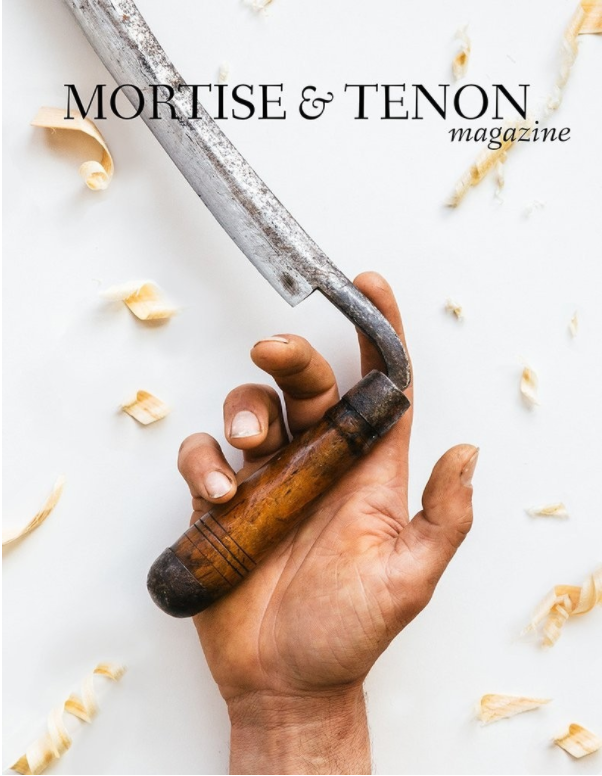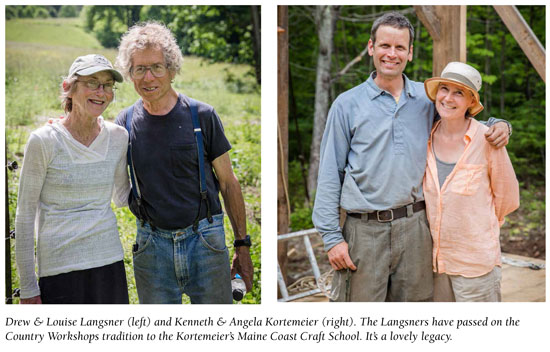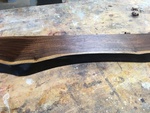We may receive a commission when you use our affiliate links. However, this does not impact our recommendations.
It will come as no surprise that we like hand tools – we do, after all, show you how to use them in just about every issue of Popular Woodworking Magazine. But we promulgate “hybrid woodworking” – using both hand tools and power tools – depending on your preferences, and we show you how to make the most of both.
“Mortise & Tenon Magazine” is dedicated to pure hand tool use, to discussing all things pre-Industrial. And, it covers in depth specialist areas that are sometimes a bit too focused for a general woodworking readership (and in a style that is more philosophical and academic than any mass market woodworking publication). It’s also gorgeously produced, with heavy paper, a “perfect” binding (a spine), lots of large, lush pictures and 144 pages. It’s really more of a book than a magazine. We’re proud at Popular Woodworking to be a sponsor, because we think what Joshua Klein, Michael Updegraff and the rest of the M&T team is doing expands on and enhances some of what we cover in our pages, but at a depth and specialization that we can’t match. If you’re interested in pre-Industrial tools and techniques, and preserving work from the past, this now bi-annual publication is a must-read.
You can click through to the description on our ShopWoodworking.com page to see everything that’s inside. Here, I’ll share with you a précis my favorite article from the issue: “Essential Human Work: Reimaging a Legendary School on the Coast of Maine,” by Updegraff and Jim McConnell. In this interview with Drew Langsner and Kennth Kortemeier, the authors share how an internship and friendship led Langsner to upon his retirement hand over the heritage and lifetime’s work of his North Carolina-based Country Workshops to Kortemeier at his Maine Coast Craft School. In setting, the two are quite different, but in ethos and aspiration, they are closely connected. I admire the continuity and take comfort in the preservation of tradition. While you might not learn practical application from that article, you’ll absolutely learn how what sounds impractical is not. As both Langsner and Kortemeier prove, it is possible to live (and work) almost entirely off the grid, while still making important contributions in our increasingly technical and wired society.
Full disclosure: I’ve been the copy editor on all three issues (so any editing errors can and should be blamed on me), and our managing editor, Brendan Gaffney, has an article in Issue 3 (which is now in our store), so it’s possible I’m biased when I say you should get and read Issue 3. But you should.
Here are some supplies and tools we find essential in our everyday work around the shop. We may receive a commission from sales referred by our links; however, we have carefully selected these products for their usefulness and quality.











